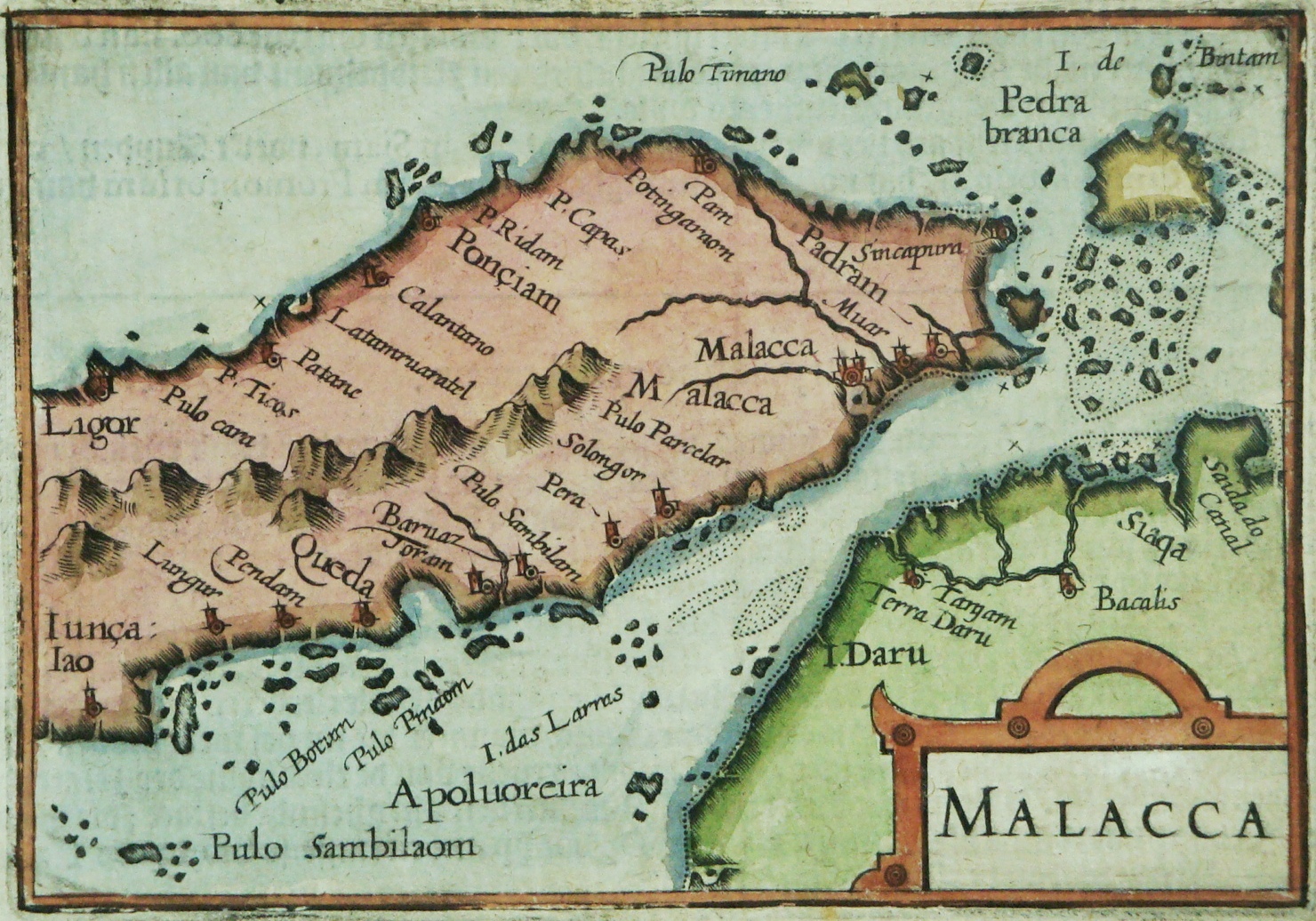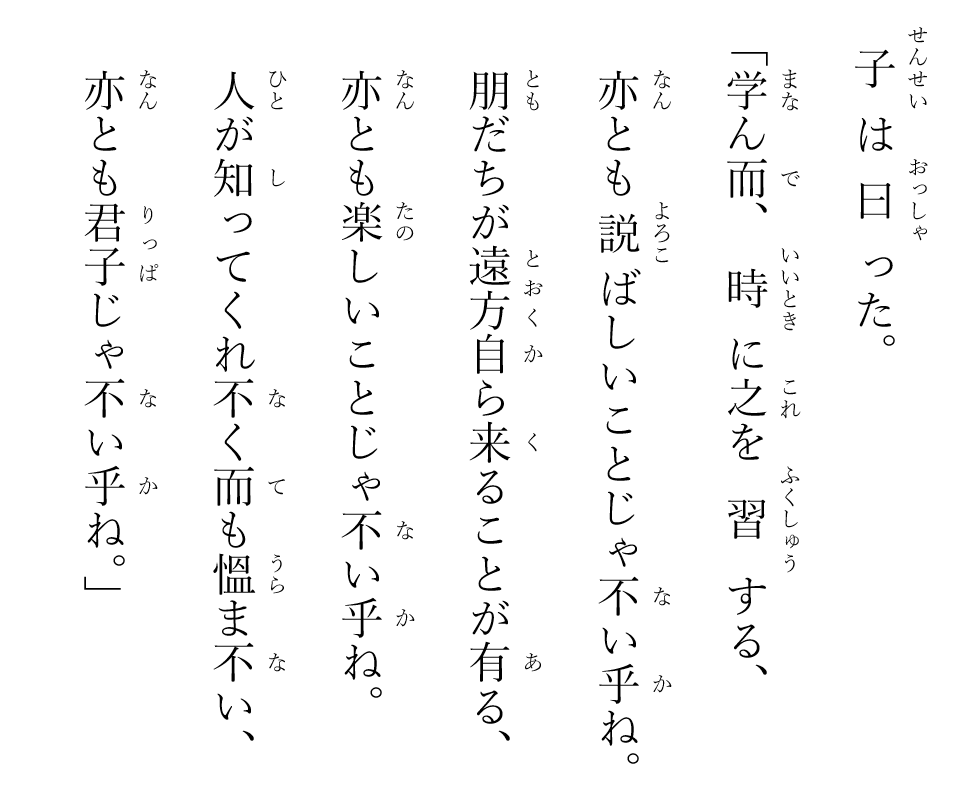The Badang-Endau transpeninsular shortcut
If (you are born in Batu Pahat) or if (you have a wife from Batu Pahat), then (you might want to read this short article to entertain yourself or your wife).
Batu Pahat is called Padram in ancient times and it is one of the earliest landmark you can find in old maps see, for instance, Maps of Malaya and Borneo: Discovery, Statehood and Progress. This two-kilogram coffee table book showcases the map collection the present Sultan of Selangor and his childhood friend Richard Curtis of Malay peninsula, such as this one:

Padram is an old Portuguese word for rock (or batu in Malay) and it is closely related to its modern cousins such as pedraas in Ilha das Pedras, the Portuguese toponym of present day Pulau Upeh. The small laterite-rich island was quarried by the Portuguese and the lithoderivatives was extensively used in the built environment of medieval Malacca. In the early 19th century, we have a theory which says that Batu Pahat was the source of the laterite stones. Famous examples of laterite-based constructions by the Portuguese are the pentagonal wall of Malacca and the triagular wall of Muar. See for instance, Peter Borschberg's Iberians in the Singapore-Melaka area and the adjacent regions, 16th to 18th century or petroAs in petroleum. Yes, petroleum is a made-up word from rock and oil, petro + oleum. The word was first made up in 1348, according to OED, 500 years before black gold is commercially drilled in mid 19th century. All of them are in turn, derived from the Greek word pétra. In Vieyra's Portuguese-English dictionary, the following definition is given:
Padram. a post or pillar erected on which they engrave an inscription, as discoverers used to do in those countries they newly discovered. Anthony Vieyra Transtagano (1773) A dictionary of the Portuguese and English languages, Vol. I, J. Nourse, London.

I use the adjective old to quantify the linguistic age of the word padram because you will not get anything if you try to use Google to get an English translation of padram. However you can eventually find some if you look hard enough on the internet. In the English translation of Luís de Camões's Os Lusiadas by Richard Burton, for instance, we have:
. . . at Sam Braz the navigators planted a Padram and a Cross made out of a mizen-mast: both were pulled down before the ship left the coast by the negroes, who showed the usual signs of treachery. Da Gama remained at Sam Braz nearly a fortnight, and left it on Conception Day (Frid. Dec. 8). Richard F. Burton (1881) Camoens: His life and his Lusiads, Volume II, Bernard Quaritch, London.
There is a reason why Batu Pahat is marked on the maps used by ancient travellers. The word Batu is a reference to Batu Pahat's Bukit Banang. Bukit Banang is the highest point in Batu Pahat, it is clearly visible from the mercantile vessels traveling along the Straits of Melaka.
Now the word banang itself is also very interesting. It is an archaic Malay adjective used to describe large objects, it is possible that the word is an etymological cousin of padram (if you try to munch the word padram very quickly in your mouth, maybe you will see my point).





Comments